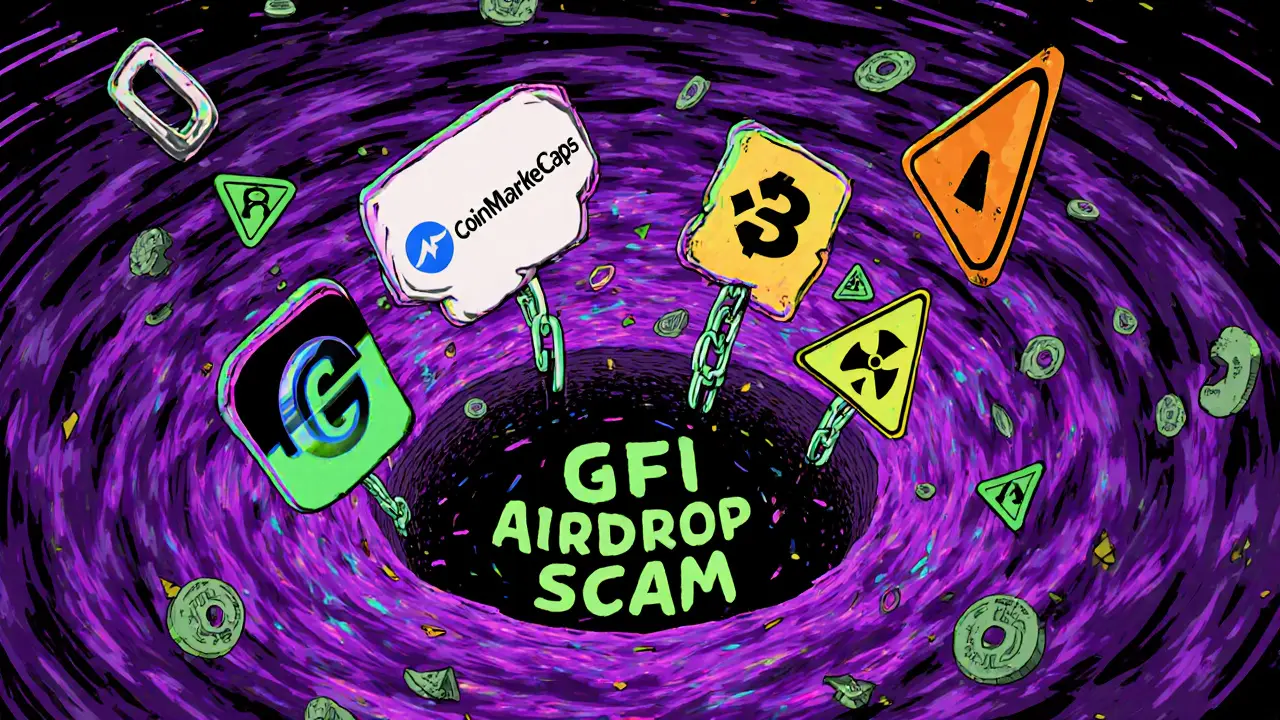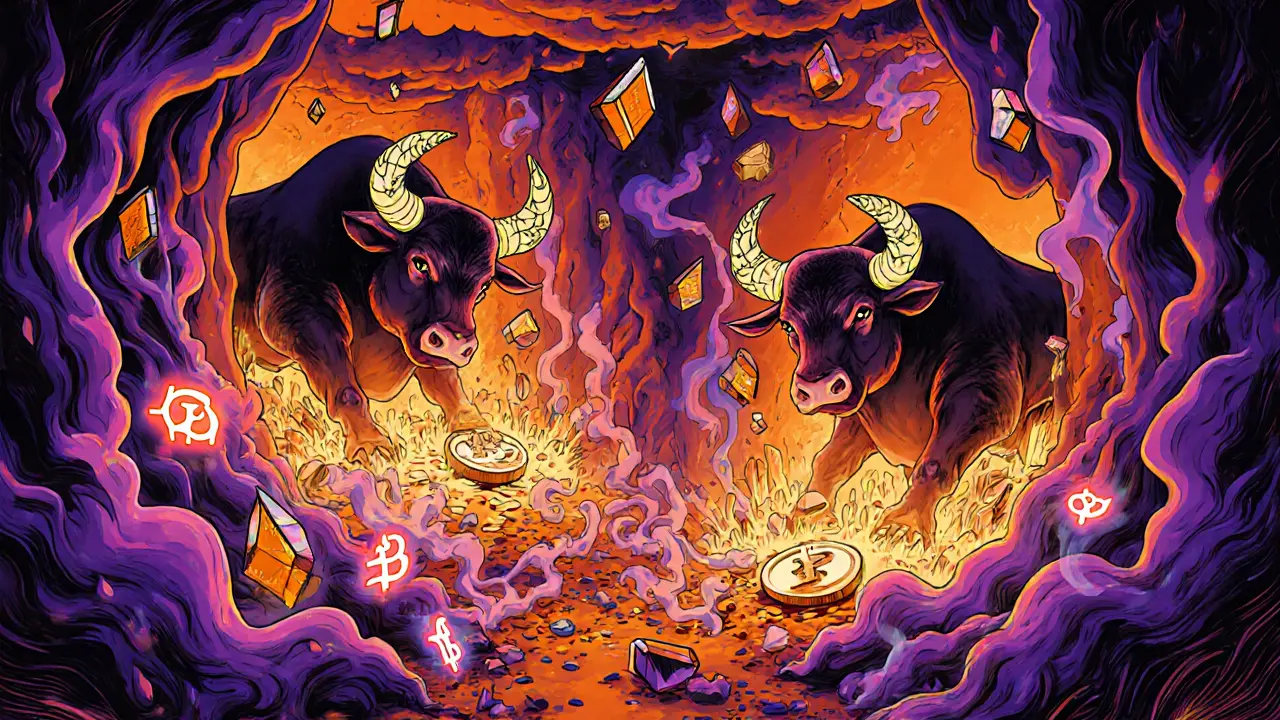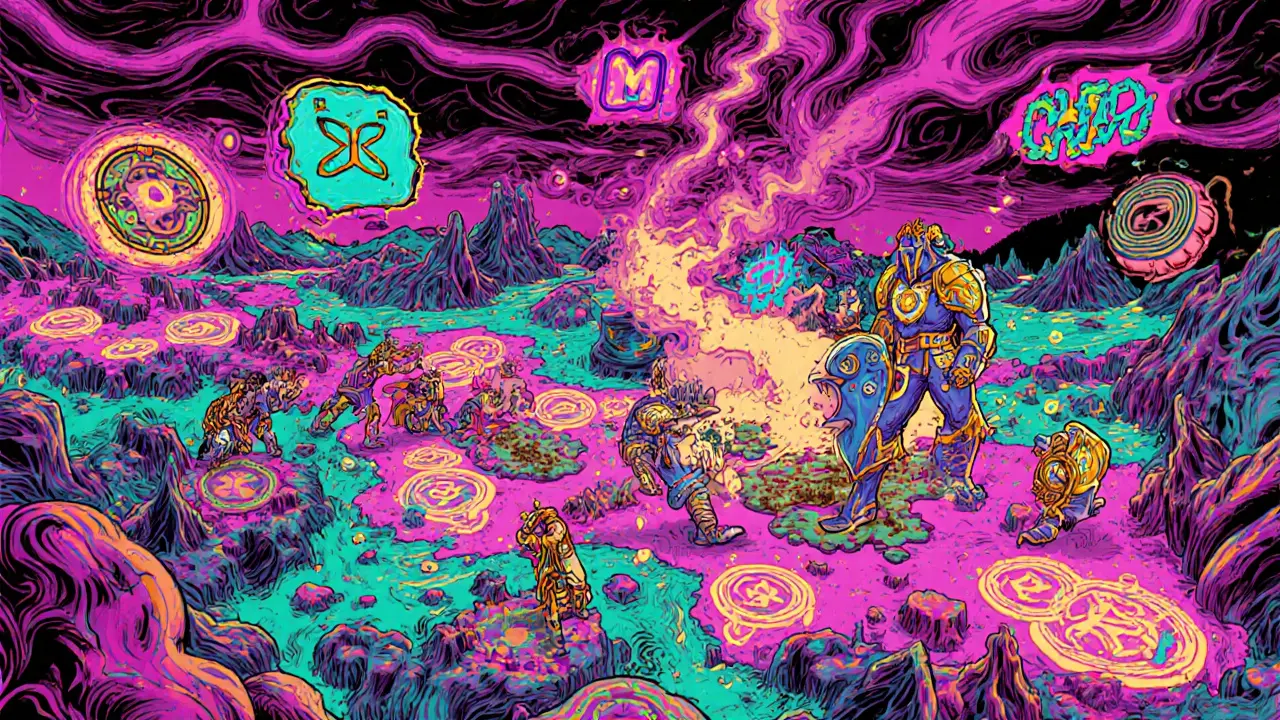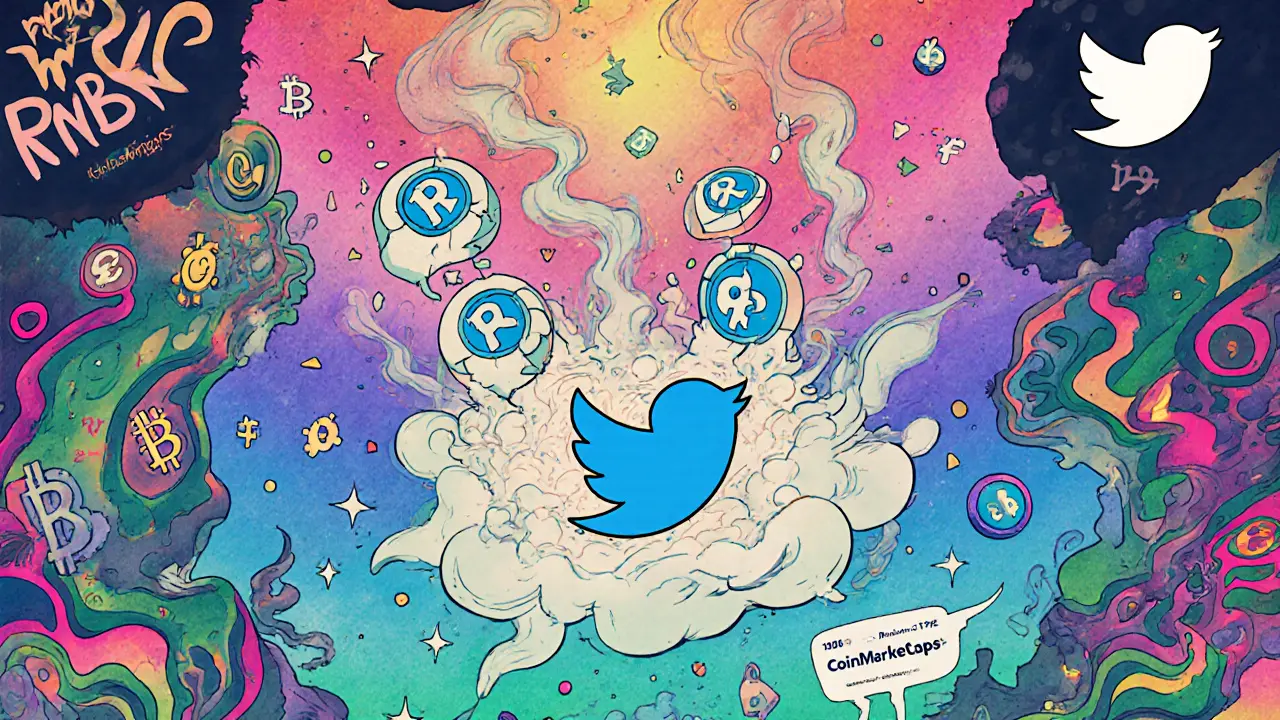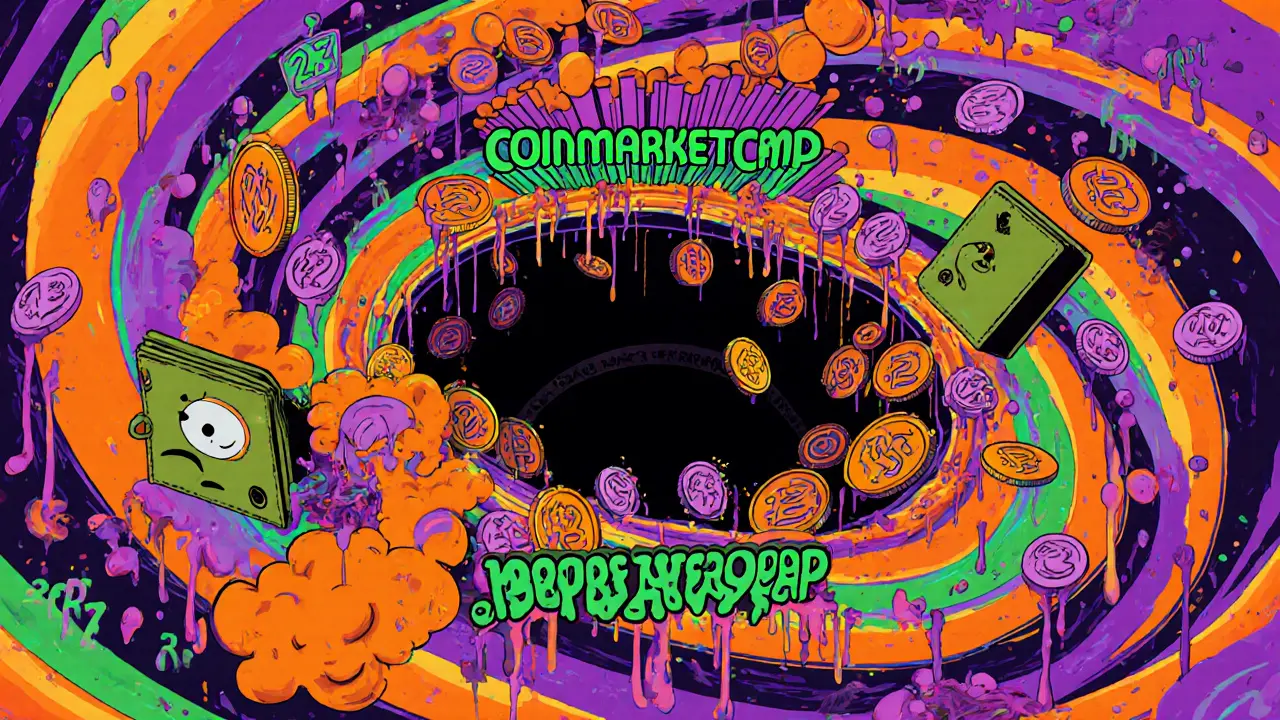CoinMarketCap Airdrop: How to Find Real Airdrops and Avoid Scams
When you see CoinMarketCap airdrop, a free token distribution listed on the popular crypto price tracker. Also known as free crypto drops, it's often the first thing new users chase—but most aren’t what they seem. CoinMarketCap doesn’t run airdrops. It just lists them. That’s the gap where scams thrive. You’ll see headlines like "Free $500 in tokens!" tied to a CoinMarketCap page, but the real source? A Telegram group with 20,000 members and zero verifiable team members. In 2025, over 70% of airdrops promoted on CoinMarketCap were either fake, expired, or outright scams.
Real airdrops don’t ask for your seed phrase. They don’t ask you to send crypto to "claim" your tokens. They don’t require you to join private Discord servers with "exclusive access." The MetaSoccer NFT airdrop, a legitimate play-to-earn project that rewarded users for owning a digital soccer pass, had clear rules: hold a specific NFT, play the game, earn MSU tokens over time. No upfront payment. No wallet connection beyond signing a transaction. Compare that to the HyperGraph (HGT) airdrop, a fake claim site that tricked users into approving malicious smart contracts. The difference? One had a working product. The other had a landing page and a tweet.
Eligibility matters. Most real airdrops track on-chain activity: holding a token, using a DEX, interacting with a protocol. If you didn’t do anything, you didn’t qualify. The GEOCASH airdrop, a 2020 project that gave tokens for sharing location data via a mobile app only worked because users actually used the app. Today, that same model would fail without a live product and active users. CoinMarketCap lists projects based on data feeds—not trustworthiness. Just because a token appears there doesn’t mean it’s alive, legal, or safe.
What you’ll find below are real case studies: which airdrops delivered value, which vanished overnight, and which were designed to steal. You’ll see how token distribution works in practice, what red flags to watch for, and how to check if a project is still active—or just a ghost. No fluff. No hype. Just what actually happened.
GameFi Protocol (GFI) CoinMarketCap Airdrop: What You Need to Know
No verified GameFi Protocol (GFI) airdrop exists with CoinMarketCap. Learn why this scam is spreading, how to spot fake crypto offers, and where to find real GameFi airdrops safely in 2025.
HashLand Coin (HC) Airdrop: How to Join and What You Really Get
The HashLand Coin (HC) airdrop offers 1,000 exclusive NFTs tied to synthetic hash rate assets - not tokens. Learn how it works, what you really get, and whether it's worth joining in 2025.
Bull BTC Club and BTC Bull Token Airdrop: What’s Real and What’s Not
Bull BTC Club and BTC Bull Token are two different projects. One offers NFT-based Bitcoin mining. The other gives Bitcoin airdrops when Bitcoin hits price milestones. No CoinMarketCap airdrop exists. Know the difference before you invest.
FOTA CoinMarketCap Airdrop: What You Need to Know About the Fight Of The Ages Token Drop
The FOTA CoinMarketCap airdrop for Fight Of The Ages promises big rewards, but the token is trading at $0 and no official rules exist. Learn what's real, what's hype, and how to avoid scams.
HaloDAO (RNBW) x CoinMarketCap Airdrop: What Really Happened and Who Got Paid
HaloDAO's RNBW airdrop in September 2025 had no official link to CoinMarketCap. The token now trades at $0 with zero volume. Here's what really happened - and why it failed.
2CRZ Airdrop Details: What Really Happened with the 2crazyNFT CoinMarketCap Campaign
The 2crazyNFT 2CRZ CoinMarketCap airdrop had no official results, no transparency, and likely failed due to systemic fraud. Learn why CoinMarketCap's airdrop system is broken and how to spot fake crypto giveaways.
